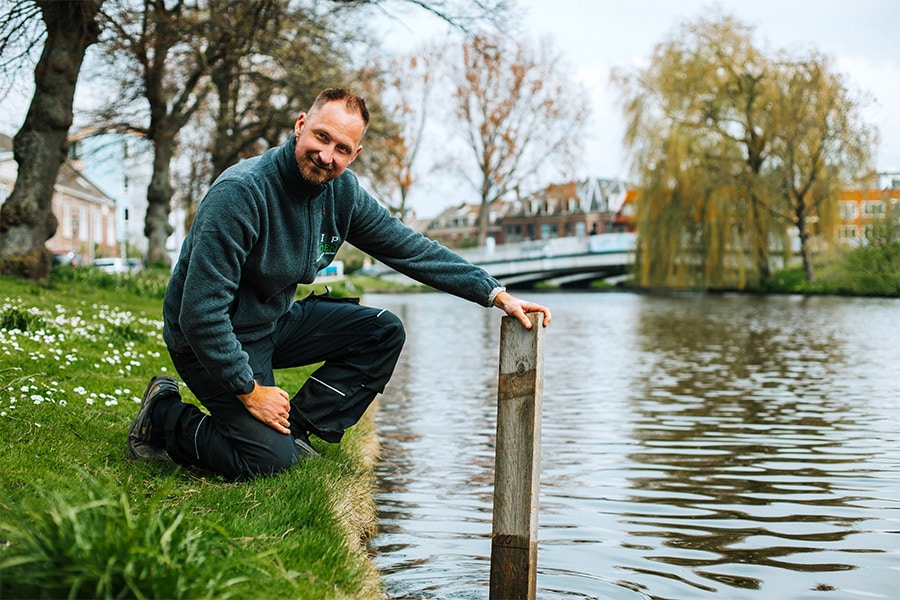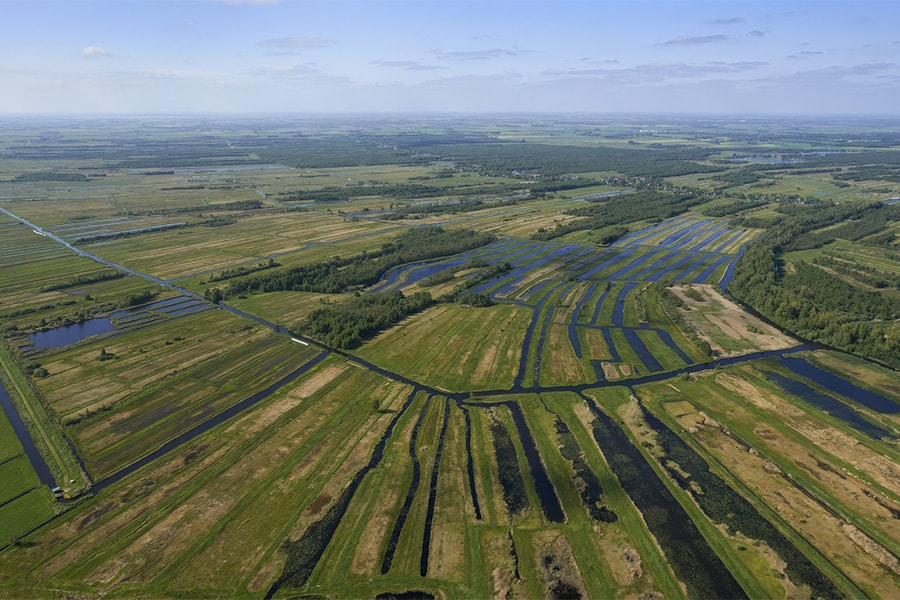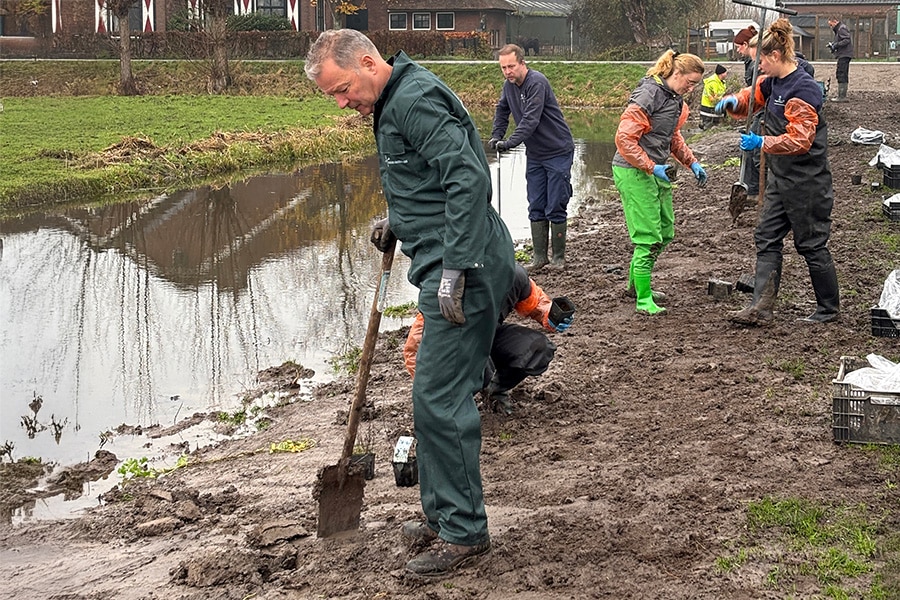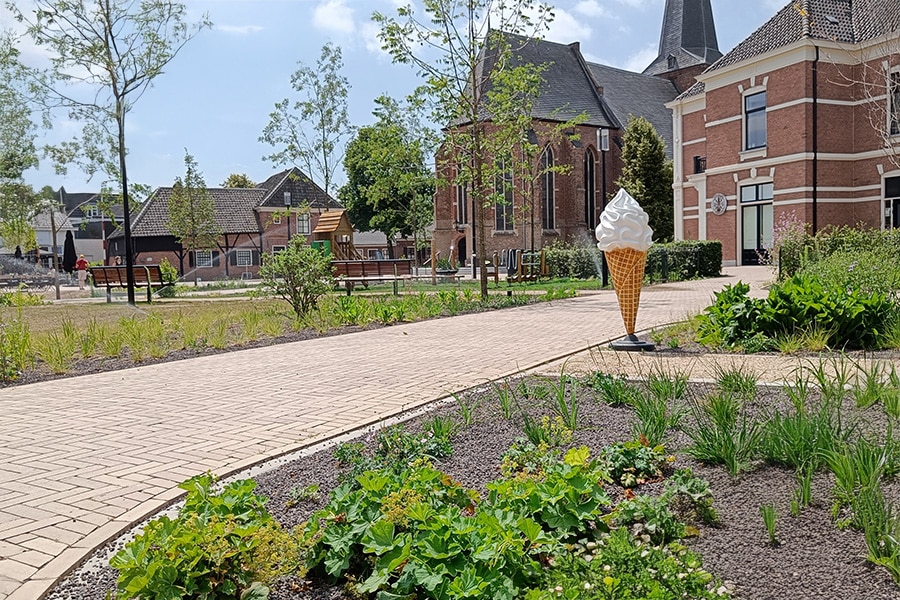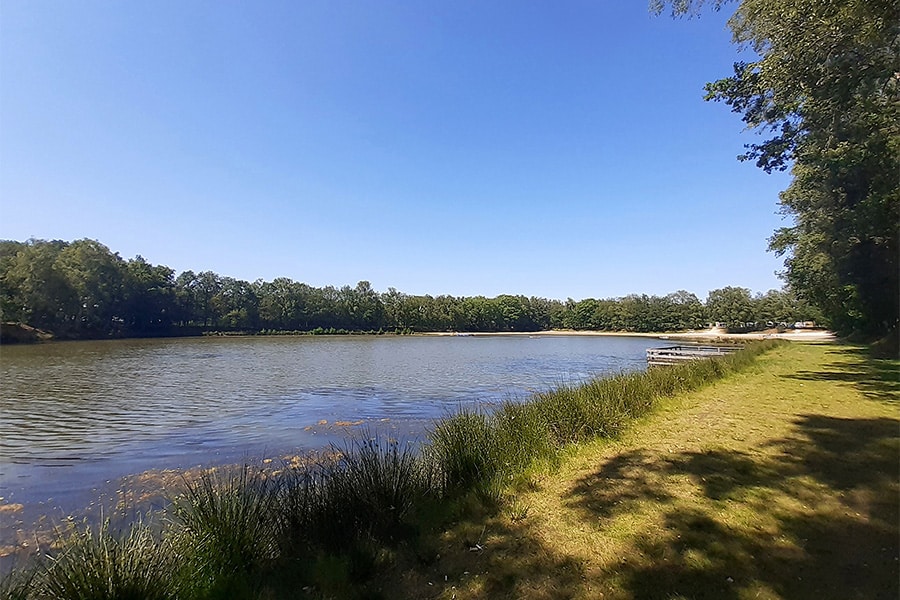
Hydrological modeling for climate adaptive area development
Water management as a win-win for nature and recreation
The province of Drenthe wants to promote nature development in the Drentsche Aa area, in part by stimulating the influx of seepage water into the stream valley. However, along the stream valley, on the flank of the Hondsrug, there are several deep sand extraction ponds, including recreational swimming lake De Vledders near Schipborgerdiep. Because of this sunken location of the lake, a large amount of seepage flows into the lake instead of into the stream valley. Commissioned by Prolander, the implementing organization for rural areas in the provinces of Drenthe and Groningen, Fugro conducted research into the (regional) groundwater flow pattern and developed a proposal that would benefit both nature and recreation.
Swimming Lake De Vledders was created in the 1960s as a sand extraction lake for the construction of the N34 and has since become an important value for the adjacent campsite. Due to the sunken location, groundwater flows (seepage streams) deflected into the swimming lake instead of the seepage ending up in the adjacent Schipborgerdiep stream valley. As a result, the beach of the swimming lake was often too wet and the banks were affected by the large amount of seepage, while the surrounding nature could use this water. "It was up to us to work out a hydrological design that provided more seepage into the stream valley, but without adversely affecting the water quality in the swimming lake. In fact, the large amount of seepage always provided excellent swimming water quality in the swimming pond," says Herman Brink, senior hydrologist at Fugro. "In the design we also took climate change into account."

Monitors
Fugro started the project by conducting soundings and monitoring groundwater levels for one year. In addition, several samples were taken of the ground and surface water. Because flow measurements over the discharge culvert did not give an unambiguous picture and were even inexplicable, we went back to basics. The amount of seepage flowing into the swimming pool was measured by closing the outlet culvert several times and measuring the rise in water level. A simple but effective method carried out in cooperation with the owner of the campground. Thus, we measured a seepage average of about 20 mm/day, a huge amount. The collected data were mirrored to the Methodiek Interactieve Planning Waterbeheer (MIPWA) model and improvements were made in the model. "MIPWA is a hydrological tool for groundwater studies in the northeastern Netherlands and ideally suited for this type of purpose. But in order to properly model such extremes as the large amount of seepage we measured, you have to have a good understanding of the (ground) water system," says Derike Velthuis, hydrologist at Fugro.
At the same time, research was conducted into how the area has changed over the past decades and what interaction that has had on the swimming lake, such as the cessation of a drinking water extraction and damming of water in the area. In addition, over the past thirty years there appeared to be a significant increase in peak discharges in the Schipborgerdiep, resulting in nutrient-rich water flowing through the outlet culvert from the stream valley into the swimming lake, which does not benefit the swimming water quality in the swimming lake. Therefore, the idea was to raise the water level and realign the beach. Raising the water level in the swimming pond directly affects the seepage (decrease in seepage) and the nutrient balance (increase in nutrients), and thus swimming water quality. "We had to find out the minimum amount of seepage needed in the swimming pond so that the swimming water quality does not deteriorate or, in the worst case, lead to the growth of blue-green algae. Then the swimming lake would have to close temporarily, which would have major consequences for camping and recreation in the area," Velthuis says.
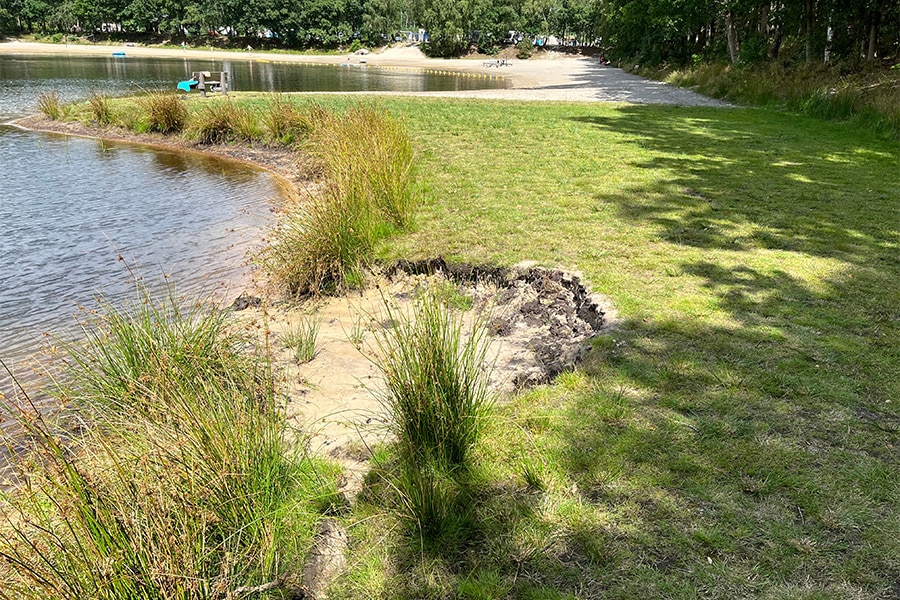
Watertight pragmatic approach
So Fugro left nothing to chance and considered and fathomed all past and present aspects that could potentially affect current and future water quality. "We took a watertight and pragmatic approach," Brink states. "There can be many uncertainties in the assumptions when it comes to nutrient loading. So we deliberately went on the high end with our estimates and took into account the extremes due to climate change. What if it's dry for longer and therefore there's more swimming? What if there is more precipitation? Velthuis adds: "The tricky thing with a nutrient imbalance where the water becomes turbid is that it takes a lot of effort to get the quality right again. For example, the tipping point for phosphate loading is much lower from turbid to clean than from clean to turbid water."
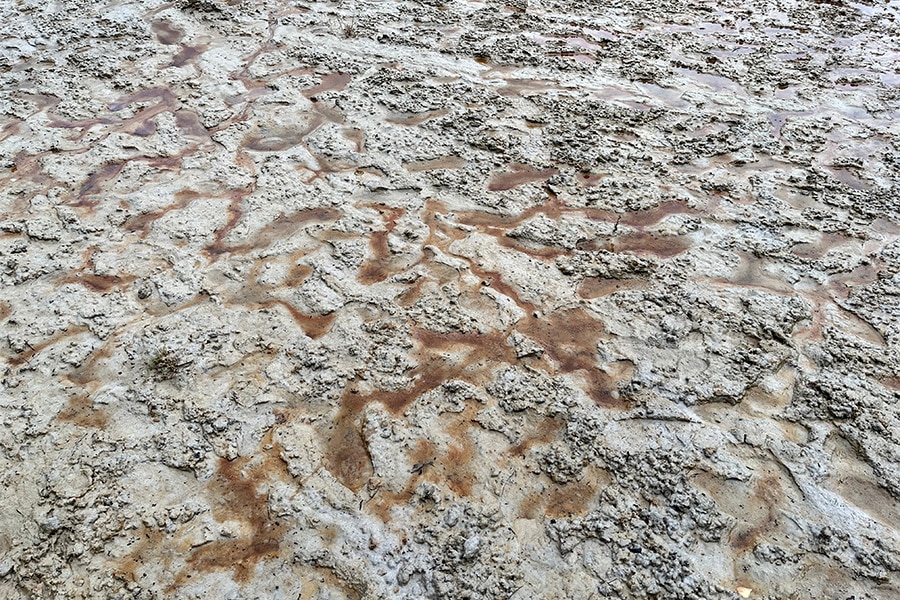
Level rise
Based on all projections and calculations, Fugro created a future-proof design that would benefit both the stream valley (more seepage water) and the owner of the swimming lake and campsite. Brink: "In doing so, we proposed raising the water level in the swimming lake by 40 centimeters. We also worked out the redesign of the swimming lake into a sketch design with an estimate of the costs. Due to the level increase, the water line is shifted and the beach had to be raised. We advised how much and what type of sand was needed, and over what width it should be applied." That's the beauty of an engineering firm like Fugro, according to Velthuis. "We have specialties like hydrology, monitoring, civil, etc. on board and can switch quickly. This allows us to work very pragmatically. From the placement of the first monitoring well to the delivery of the sketch design, and everything in between, we worked with the client from one organization."
Weir and lockable culvert
Just before the start of this year's May vacations, the work was completed by Prolander. Fugro has since handed over the monitoring wells to the province. "Our loggers have been taken out and replaced by the province's loggers," says Brink. "They will keep a close eye on the groundwater level in the coming years and can take action if necessary, should there be large deviations from expectations. The quality of the bathing water will also be monitored. The water level of the Schipborgerdiep is already measured by the water board." To control the water level, a weir and lockable culvert have been placed, which the owner of the campsite himself can temporarily adjust differently or close if necessary.
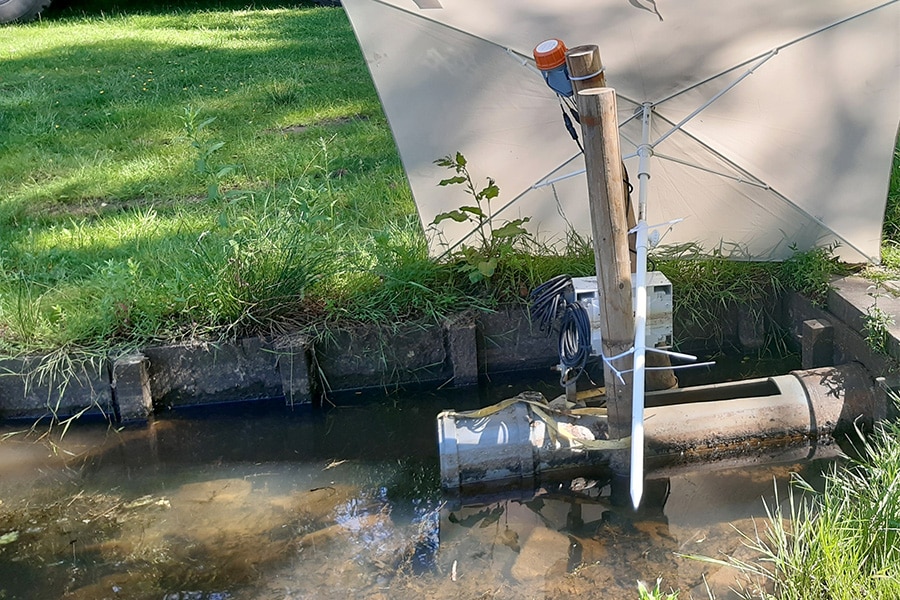
Win-win situation
Nature restoration often means less "room for man. Such as more extensive agriculture, closure of natural areas due to disturbance, etc. This project shows that nature restoration and recreation go well together, so there is actually a win-win situation for both parties.
Good cooperation
"Nature restoration and recreation went hand in hand in this project. The plans of this project came about in close cooperation between the province, De Vledders campsite, Staatsbosbeheer and Prolander. A fine example of how together we ensure a future-proof landscape" - Willem Tjebbe Oostenbrink, project leader at Prolander.
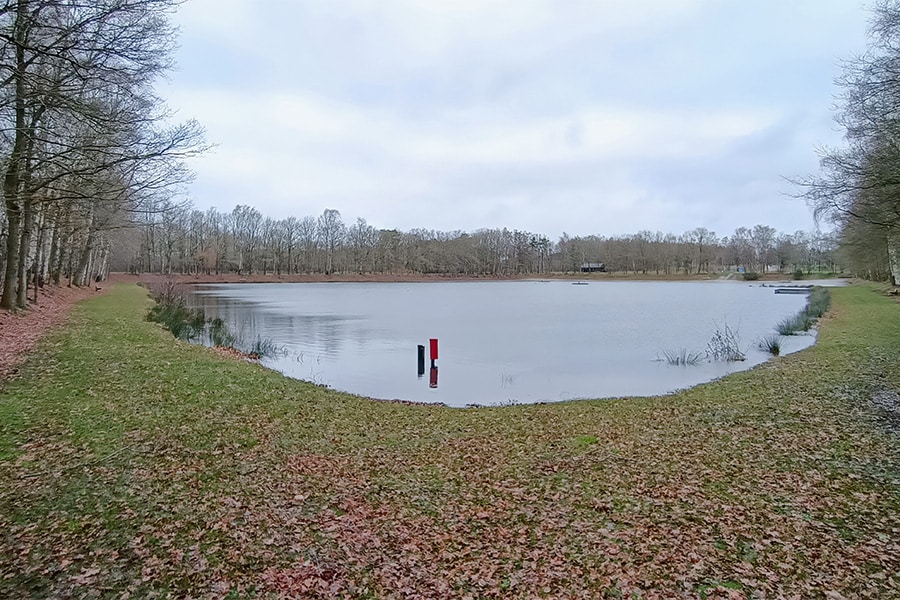
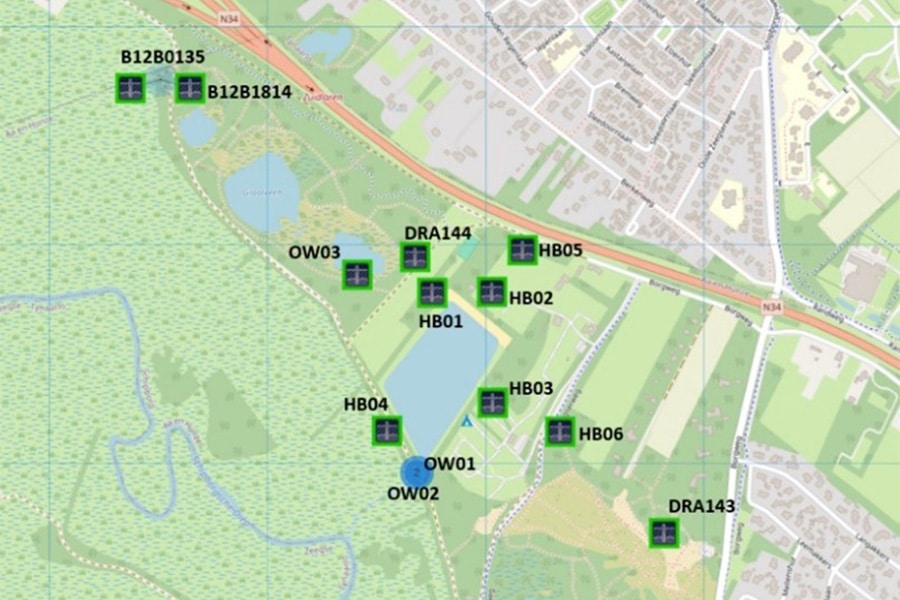
Improve livability
Geohydrology and, by extension, the combination with the ecological side toward water quality often remains underexposed, according to Velthuis, but is an important aspect in future area developments. "We increasingly see the question of what certain developments do to water quality. Especially also in view of the Implementation of the Water Framework Directive that will come into force in 2027." Consequently, Fugro recently joined forces with Aveco de Bondt and Adjust. "With our joint consultancy and engineering services we are going to help the province of Drenthe and Prolander to promote livability and sustainability in this region over the next four years. We will focus on strengthening natural areas and future-proofing rural areas, infrastructure, mobility and energy transition. As a Geo-data specialist, we are an expert partner for research, advice and integrated solutions for area development, energy and infrastructure, proactively tackling these tasks to be of great value to this province. We are convinced that together with our partners we can make Drenthe more beautiful and above all more sustainable."
Netherlands' first electric sounding unit
In view of the energy transition, Fugro is investing in making its own machinery more sustainable. The objective is to operate CO2 neutral in 2035. Fugro has an electric mini drill crawler and mini CPT crawler. In addition, a large electric CPT unit is now operational in order to conduct more CPTs more quickly without CO2 emissions. This makes Fugro the leader in the Netherlands.
Heeft u vragen over dit artikel, project of product?
Neem dan rechtstreeks contact op met Fugro.
 Contact opnemen
Contact opnemen
